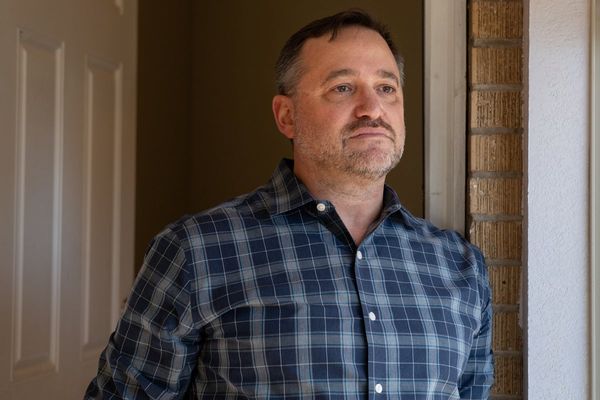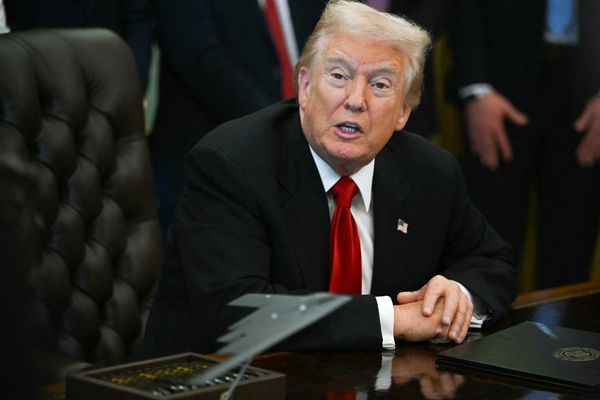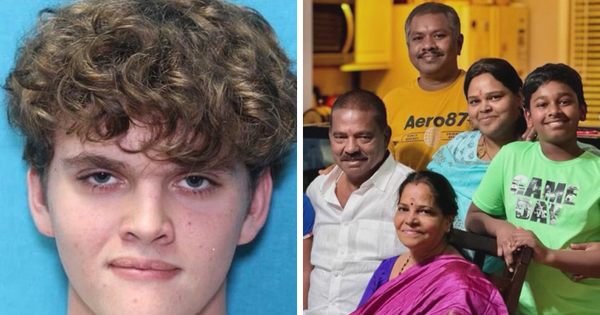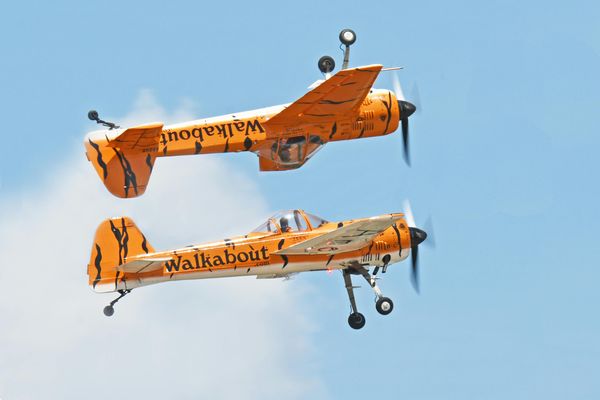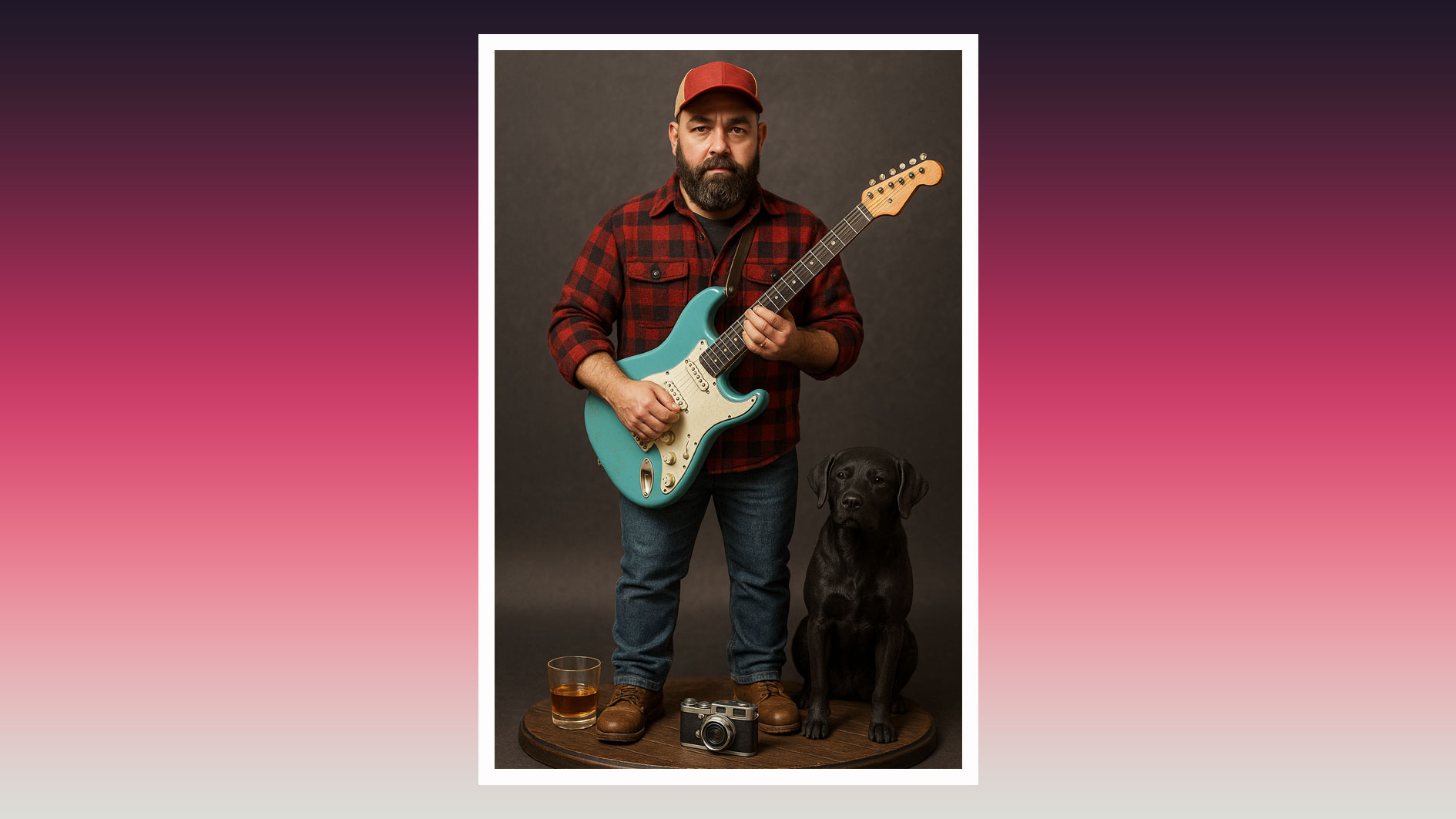
As creators we see the development of our learning, tools and workflows changing over time, and that has never been more true than right now – with the best digital art software in particular going through some major changes. While not new in itself, AI has, in its role for creatives, suddenly burst onto the scene and presented a number of challenges to the way we think about our work, our process and our ownership.
Theft is wrong. I doubt anybody would deny that and it appears to be foundational in what AI developers have done to build their datasets, where they haven’t given attribution or recompense to anybody who’s work they have used to enhance their tools, and in so doing generate profit.
Copyright protection is a massive element to the ongoing argument and I believe that any person should own the rights to their creative endeavours, to either keep, sell or license as they see fit. The key here is about autonomy and agency. If a separate entity can violate that for their own gain then something is broken and protections need to be put in place.

As the editor of a magazine for artists I value the time and skill that goes into not just the imagery created for the magazine but the countless hours of study, observation and honing skills that it takes to become a professional.
For readers of the magazine, they are moved in different ways by different artworks but I think it’s fair to say they connect due to the human creativity and skill displayed.
Which begs the question; is there a place for AI in the creative community or industry, and it’s a question that is really difficult to answer, or even define.
Firstly, what do we mean by AI? It seems clear that simply typing in a prompt to generate an image doesn’t represent human creativity, other than the ability to make a request. Just a couple of years ago this would have meant either painting yourself or hiring a creator to make this but now it takes scant seconds to see a result. Does this equate to efficiency, or greed and laziness?
Time is money. That long established saying is more true now than ever, raising the question, can we take advantage of AI tools to make us efficient while retaining creative control. I’d say… probably. (Adobe certainly thinks we are entering the 'controls era'.)
Let’s look at workflow. Say we are working on a battle scene for a fantasy illustration, where a character needs a weapon. We could either trust our gut that the initial weapon concept is the right one, or we could ideate. Or the client could ask for something different or new. In this instance, could AI be used to generate a bunch of designs in seconds, that can be elaborated upon and incorporated into the finished piece? I feel like that is far less of a problem, as the artist (or client) is making the creative decision and still relying on the skill of the human to complete the art.
In which case, where do we draw the line? Is it ok for a character concept artist, who might never paint environments, to see what their creations look like in context, using some AI help? That is less clear. Could that be taking work away from an environment artist? Possibly but possibly not, in this situation. However, it could be infringing the copyrights of other creatives, whose work was used to train the dataset. Impossible to know but I don’t think that should discredit the work of the character artist.
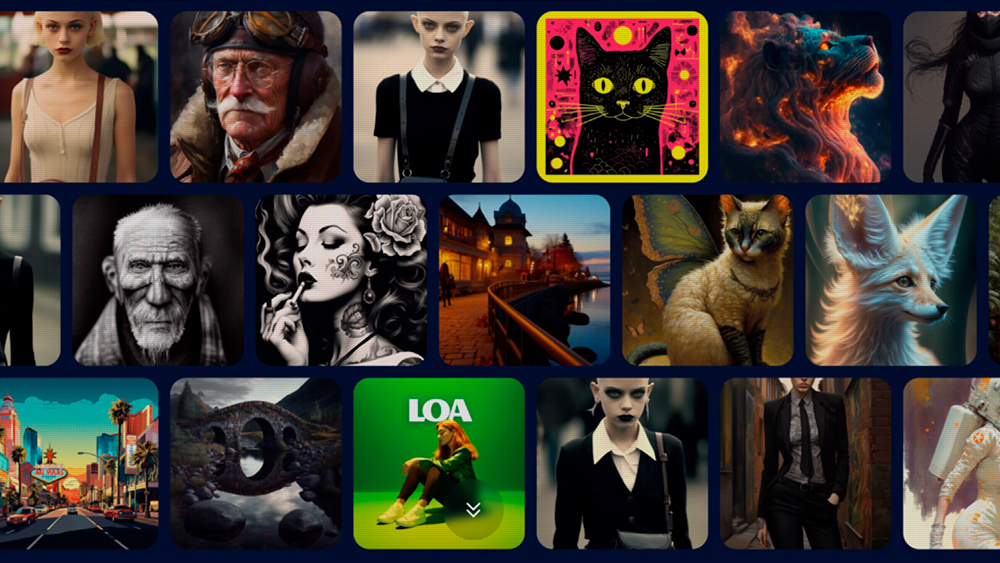
Then there are tedious tasks that aren’t creative but do form part of a wider creative workflow. Take rotoscoping as an example. I’ve had to do hours and hours of this. It’s a slog and one I’m very happy to hand over to an AI powered tool, allowing me more time to take on the more rewarding creative parts of a job. Some might say that choice is taking work away from other people but that’s a different rabbit hole, as a lot of that work has been shipped overseas, taking the work away from others in the first place, purely for efficiency reasons, both time and financial.
This raises another point that I struggle with. AI is such an umbrella term it can be difficult to sort the wheat from the chaff. AI can do tremendous good, so stating that ‘AI is bad’ is a flawed argument. It can prevent accidents, diagnose medical conditions more accurately and far faster than humans, potentially saving many lives.
On a smaller, more personal level, it can answer your questions, help time management and countless other things. For example my washing machine uses AI (apparently) to judge cycle times, saving water and preventing excessive wear to my clothes.
Tools like Grammarly use AI to help writers in numerous ways and I doubt they see that as infringing on their creativity but rather allowing them to focus on narrative and story structure.
Yet, at the same time, it comes with a significant environmental impact. The energy used to power AI is astronomical.
It makes fake news propagation far easier to create and its dissemination faster and more damaging. It can power dangerous and aggressive conversation, increase social division and empower bad actors to divert political narratives to further their own gains.

I studied Photography, art and film at college and part of that was looking at the development of different media and the reaction at the time. The backlash against AI could be seen as similar to the luddites throwing their sabots into the presses.
Many artists worried that photography would steal their creativity and livelihoods but photography is stronger than ever and art is still a core part of society. The top photo editing software is full of AI.
New technology means that we all carry a camera with us all the time in the form of a camera phone and are able to share immediately. And this hasn’t killed art in the least. Humans are creative in thought and output as very part of our nature and I don’t see that changing anytime soon, no matter what technology we find ourselves living with.
With all this in mind my conclusion is that AI isn’t bad. People are. Or rather, people can make poor choices, with corporate greed and laziness being the biggest risk factors.
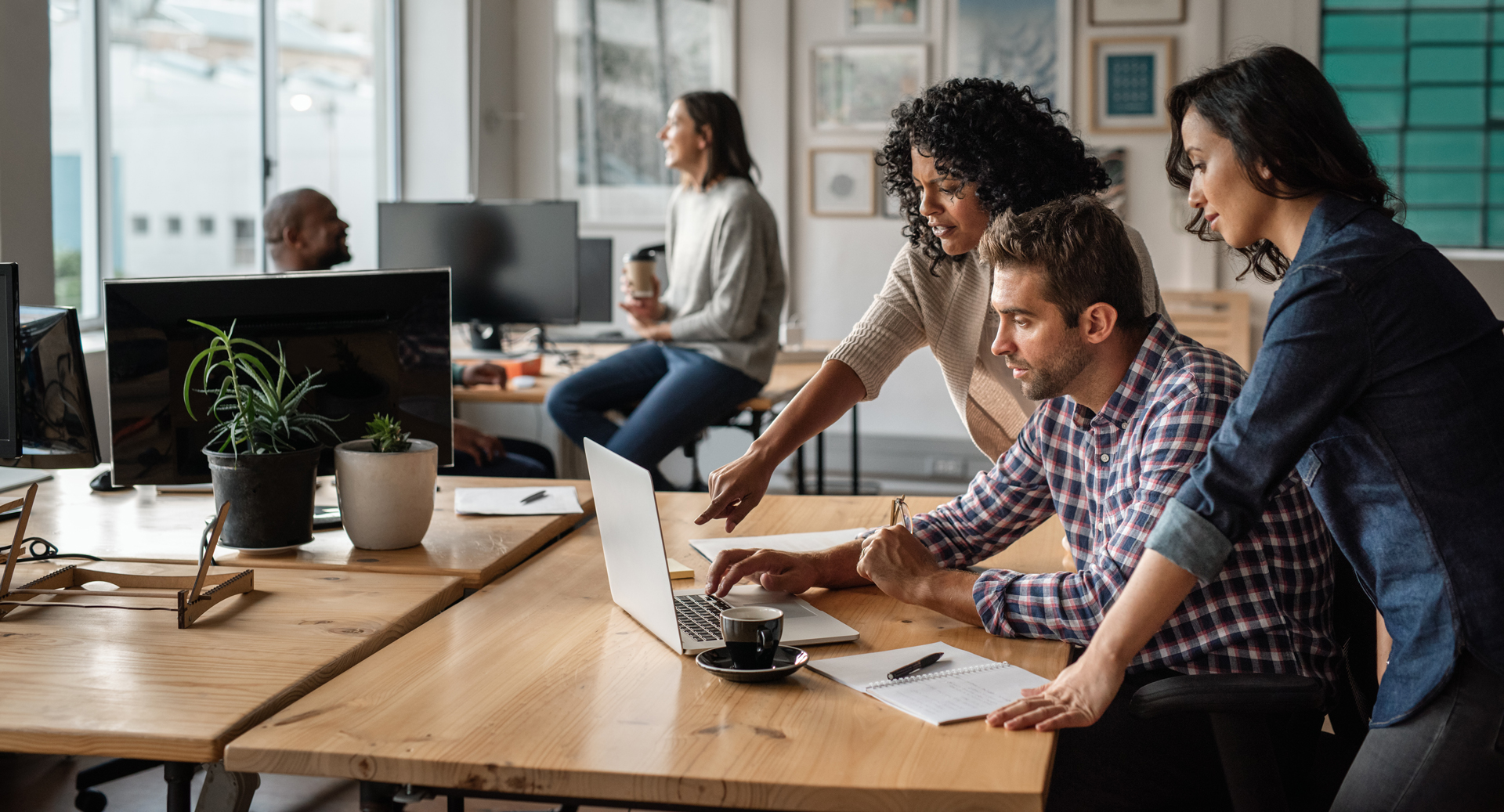
Governments need to catch up with the times to protect the rights of human creators, while allowing the development of tools that can serve humanity as a whole.
It’s a time of global change and the largest threat to creativity is economic. As the tools advance, with results becoming harder to distinguish between machine and human output, commissioners will find themselves under pressure to get the most bang for their buck, and I think this will inevitably lead to more machine generated content.
Whether this will lead to artistic pursuits becoming a leisure activity I don’t know but probably not, as many will continue to value the human creative spirit.
Fundamentally I believe that we are creative creatures and always will be. How that finds a place in our future society is yet to be determined.
Continue the fight for the rights of the creator. Demand your value be acknowledged and respected. Whatever tools you choose to use, continue honing your craft and keep on telling stories, with your human heart and innate understanding of our relationships to each other and the world.
